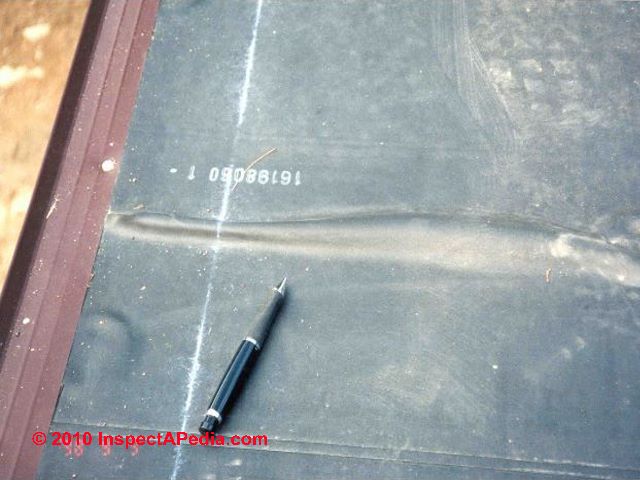If the rubber is bonded prior to the adhesive drying then bubbles will appear under the membrane caused by the trapped vapour from the adhesive.
Rubber roofing problems drip rubber.
However rubber roofs have many inherent.
Rubber will inevitably shrink leaks another inherent design problem is that after a few years this roof membrane simply begins to shrink slowly pulling away from parapet walls flashings corners drains and other areas.
Three most common problems with rubber roofs is improper installation shrinkage and the seams.
Virtually the only negative for a rubber roof is appearance and even that drawback can be overcome with the use of rubber shingles or acrylic paint.
The adhesive is solvent based and must be allowed to gas off and become touch dry prior to bonding the membrane into position.
Rubber roofing epdm single ply membranes is the most common flat roofing system in new england ma ct nh ri etc and the rest of us flat roofing marker.
Using the wrong roofer to install a rubber roof can lead to problems down the line due to incorrect installation and can even negate a warranty on the rubber itself.
Epdm roofs are fully adhered or as many call it glued down.
The main reason for such popularity of rubber roofs is the lower initial price tag.
Contact bonding adhesive is used for bonding the rubber membrane on upstands and around the perimeter of the roof deck.
While the rubber roofs are known to be durable they also need maintained.
Most people refer to a flat roof as a rubber roof.
Vapour from contact bonding adhesive.
Shrinkage is a particularly serious problem on a larger size roof.




























